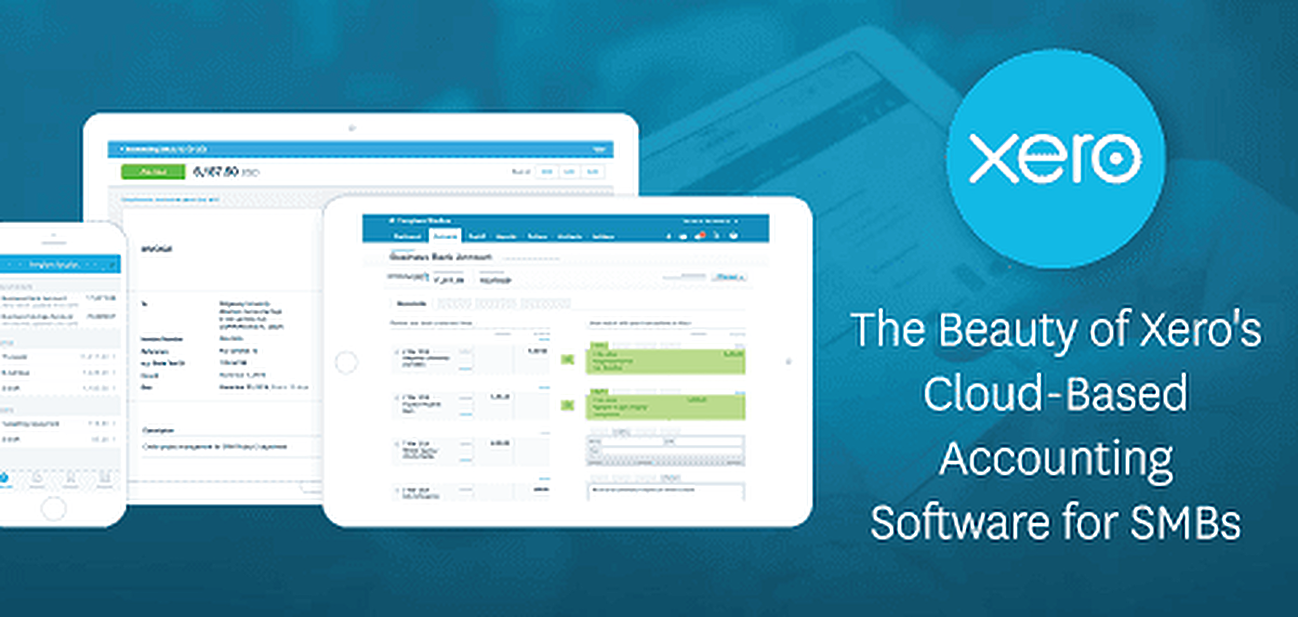

Follow these steps to set up your certificate:
#Accounting webmon verification
Let’s Encrypt looks for a verification file on the server, so we’ll configure Webmin to place the verification file inside the folder /var/www/ your_domain, which is the folder that the Apache web server you configured in the prerequisites uses. Let’s Encrypt certificates expire after 3 months, but you can instruct Webmin to automatically attempt to renew the Let’s Encrypt certificate every month.
#Accounting webmon how to
On this page, you’ll tell Webmin how to obtain and renew your certificate. You’ll see a screen like the following figure: Then click the Save button at the bottom of the page to apply the setting.Īfter you’ve set your hostname, click on the Webmin dropdown menu in the left-hand navigation bar, and then click on Webmin Configuration.įrom the Webmin Configuration page, select SSL Encryption from the list of icons, and then click on the Let’s Encrypt tab. Locate the Hostname field, and enter your Fully-Qualified Domain Name into the field. This will take you to the Hostname and DNS Client page. Look for the System hostname field and click on the link to the right, as shown in the following figure: Before you can apply a valid certificate, you have to set the server’s hostname. Once you log in, the first screen you will see is the Webmin dashboard. Sign in with the non-root user you created while fulfilling the prerequisites for this tutorial. Allow the exception and proceed to your domain so you can replace the self-signed certificate with one from Let’s Encrypt. This warning may say something different depending on your browser, but the reason for it is that the server has generated a self-signed certificate. Note: When logging in for the first time, you will see an “Invalid SSL” warning. Then add this line to the bottom of the file to add the new repository: We do this by adding the repository to the /etc/apt/sources.list file.
#Accounting webmon install
Then we need to add the Webmin repository so that we can install and update Webmin using our package manager.

To configure this, follow these instructions on DNS hosting on DigitalOcean.įirst, update your server’s package index if you’ve not done so recently:


 0 kommentar(er)
0 kommentar(er)
